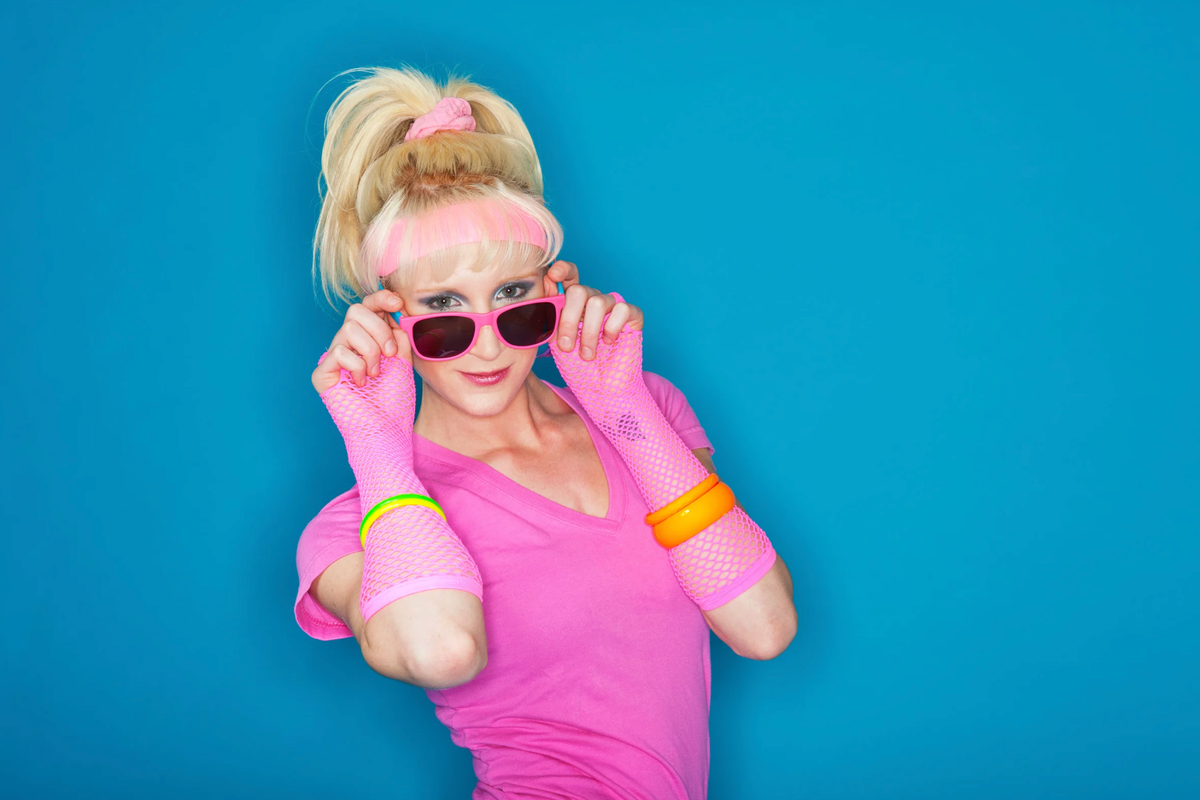President Obama stood up for trans students in a HUGE way. Here's what you need to know.
The administration alerts schools everywhere to respect trans students' gender identities.
On Friday morning, the Obama administration issued guidance urging school districts around the country to treat transgender students equally.
This comes just days after Attorney General Loretta Lynch spoke her way into the history books in addressing the transgender community directly, saying, "The Department of Justice and the entire Obama administration wants you to know that we see you; we stand with you; and we will do everything we can to protect you going forward."
With today's letter, it looks like the administration is taking major steps in putting action behind those words. And. It. Is. Awesome.
Photo by Mark Wilson/Getty Images.
But let's take a moment to address what are sure to be some common questions about this guidance, shall we?
1. What is it?
It's essentially a letter to the schools from the president. And while it's not legally binding, it's putting school districts across the country on notice not to discriminate against transgender students; after all, they survive based on federal funding and should follow federal guidelines.
“A school may not require transgender students to use facilities inconsistent with their gender identity or to use individual-user facilities when other students are not required to do so," the letter reads.
That's pretty freakin' huge. Just a few years ago, to think the word "transgender" would even be part of the president's vocabulary would seem like a stretch. Now, he's out there dishing out guidelines and showing support like it's nobody's business.
2. Why now?
Given everything that's going on in North Carolina regarding the state's new controversial law that paints trans people as predators, the dueling lawsuits between the administration and the state — and just the general sense of hostility trans people are facing — now's as good a time as ever to remind everybody what the administration's position on trans student rights is.
Also, the alternative to this is ... having North Carolina-style battles state by state? That sounds exhausting.
When Fox News says you've gone too far... GIF from Fox News.
3. What kind of discrimination will this address?
Specifically, this deals with restrooms and locker rooms. Trans girls (i.e., girls who were assigned male at birth) and trans boys (i.e., boys who were assigned female at birth) should be able to use girls' and boys' restrooms respectively. This complements 2014 guidelines from the Department of Education clarifying that trans students are covered under Title IX of the Civil Rights Act. This guidance from the presidential administration just clarifies it a bit more.
In other words, trans students need to be protected the same way we protect other groups on the basis of race, gender, religion, national origin, etc.
This will affect students like 15-year-old Jazz Jennings. Photo by Valerie Macon/AFP/Getty Images.
4. But whoa, whoa, whoa: Won't this put students at risk of being spied on by students who are only pretending to be transgender?
No, no — a thousand times no. It might sound like a valid concern, but some of the largest school districts in in the country have had trans-inclusive policies in place for yeeeeeaars without aaaaaany incidents of that happening.
While some people (looking at you, Mike Huckabee) jokingly say they'd like to act out the plot of "Ladybugs" in real life, it just doesn't actually happen.
Um, Gov. Huckabee...? And do people still take group showers in schools anyway?
5. Why are restrooms so important anyway? Why can't trans kids just use restrooms separate from other students?
While this sounds like a reasonable compromise, quarantining them away from other students doesn't exactly say, "Hi! We see you for who you are!" so much as "You're weeeeeird!"
But what's the big deal about letting trans students use restrooms that match their consistently-held gender identity (again, no, a male cisgender person cannot just go, "Today, I feel like a woman" and then switch between genders to spy on women)? I mean, if you're seeing other people's genitals when you use the bathroom, you're bathrooming wrong. No one's privacy is being invaded (no one has a right to know what your genitals look like, regardless of whether you're trans or not), and people really need to chill out.
What exactly do you think people do in bathrooms?
And there needs to be consistency across the country. Imagine a trans boy in California, who's been using the boys' bathroom, moves into a different school district in another state and suddenly has to undergo an embarrassing public battle to get his gender recognized by his new school district.
6. How will people react to this announcement?
Prepare for this to be presented in a way that makes it seem like the gates of hell have been opened and innocent souls are being pulled into fiery sinkholes in the shapes of those bathroom sign stick figures that are like half-dress and half-pants.
Like this, but with fire, OK?
7. What do the 2016 presidential candidates think about this?
The two remaining candidates for the Democratic nomination would appear to be on the president's side on the matter, as they've both denounced North Carolina's anti-trans law and put forward very LGBT-inclusive platforms.
On the Republican side, Donald Trump at first said he didn't care what bathroom people use and that he didn't think North Carolina's law was a good one, but then switched his position, saying that states should be allowed to handle things at their level (as North Carolina is doing).
Additionally, the Republican National Committee "calls on the Department of Education to rescind itsinterpretation of Title IX that wrongly includes facility use issues by transgender students" and "encourages state legislatures to enact laws thatprotect student privacy and limit the use of restrooms, locker rooms, and similar facilities to members ofthe sex to whom the facility is designated." So, it's safe to say they're not exactly fans.
8. What happens now?
It's anybody's guess really. It looks like both sides on this issue are getting ready for a long, ugly fight. However radical this seems right now, there will be a day where it seems hard to believe this was ever an issue. When you're on the right side of history — as the Obama administration is in this case — you'll come out on top.
We need to see past the talking points and the hypothetical horror stories and dig deep in our hearts to offer these students some compassion. This is a BIG step forward.
Thanks, Obama. For reals.




 Never good when the HOA President comes knocking.
Never good when the HOA President comes knocking.  Kids should be able to play outside; but how strictly should we regulate them? Photo by
Kids should be able to play outside; but how strictly should we regulate them? Photo by 
 Stayin Alive GIF by Bee Gees
Stayin Alive GIF by Bee Gees 
 Stereotypical man from the 1980sCanva
Stereotypical man from the 1980sCanva A frustrated man sits on the toiletCanva
A frustrated man sits on the toiletCanva  A retro family watches TV in their living roomCanva
A retro family watches TV in their living roomCanva  savage reagan GIF
savage reagan GIF